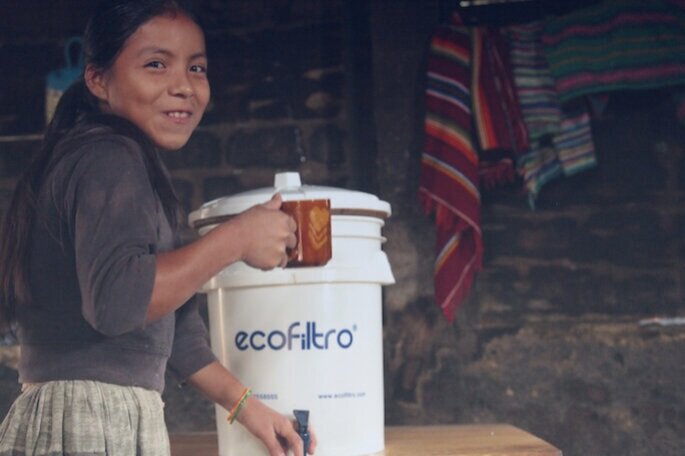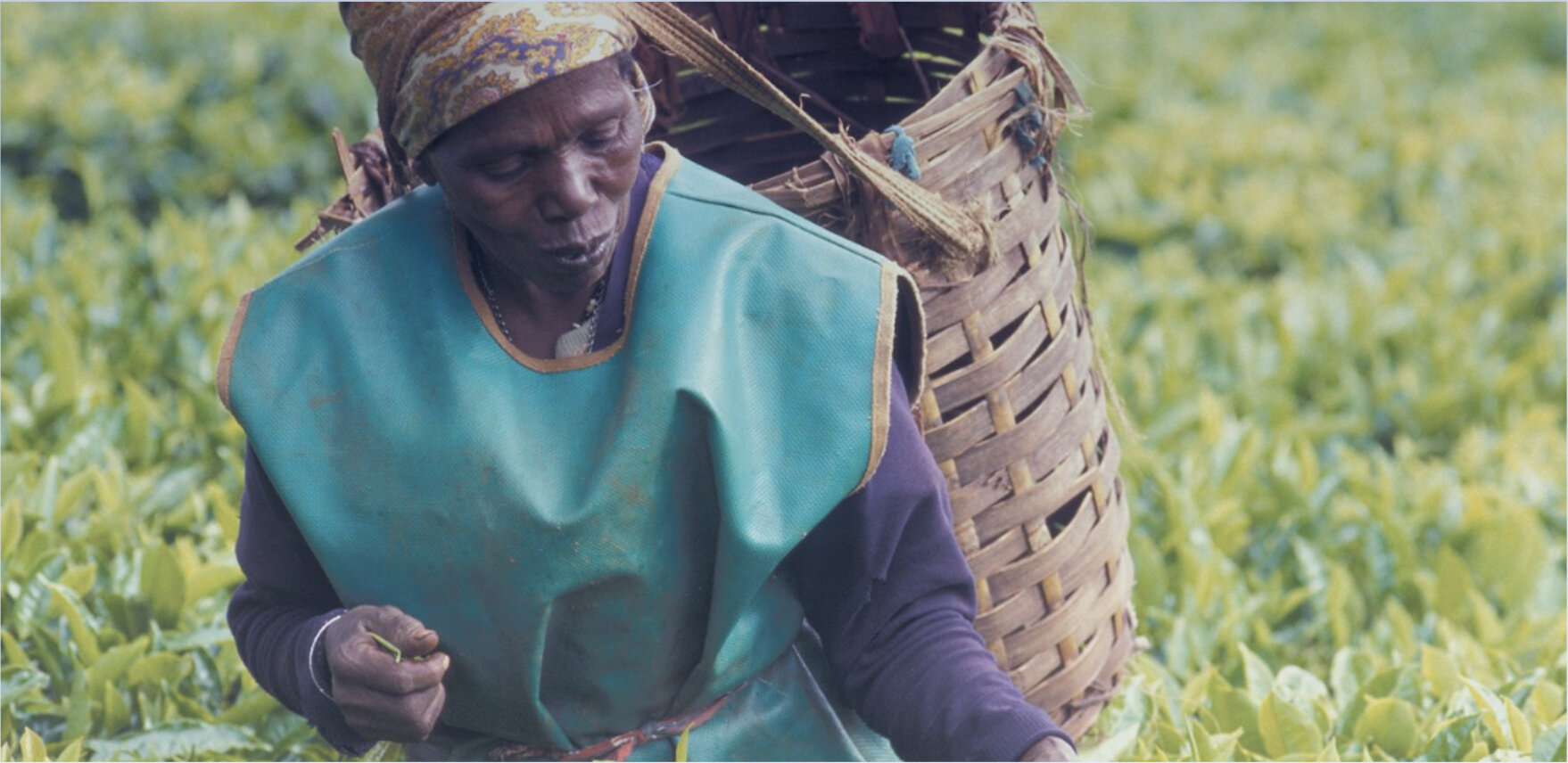From strategy to implementation,
Hystra supports corporates,
social enterprises, donors
and impact investors
on their inclusive business journey
Five complementary service areas
Design and support innovative inclusive ventures
Design business models and market plans, including business case for investors
Build, benchmark, refine marketing and distribution strategies
Support the transition of NGO programs into social enterprises
Support implementation
Baobab+ | HERi | African Queen | Jumia
Build inclusive strategies with corporates
Scope opportunities
Help find unique value proposition
Review partner engagement strategies
Review sustainability portfolio in light of business objectives
Provide strategic support
Design and support corporate impact funds
Awango by Total | LafargeHolcim | Sanofi Impact Fund | Unilever
Support donors in private sector engagement
Build donors' private sector engagement strategy
Scope and design country programs
Select private partners and design partnership model
Steer and coordinate multi-partner program implementation
Provide technical assistance
Set up funds and coalitions for impact
Support the design of innovative and efficient vehicles for impact (mission, activities, governance, legal structure, processes etc.)
Recruit and manage members, sponsors, funders
Build pipelines
Handle secretariats / run coalitions
Global Distributors Collective | African Cotton Foundation | B4IG incubator
Share unique insights on global best practices
Identify innovative market-based solutions and sector trends (>2000 projects screened)
Gain an in-depth understanding of models through case studies (>200 case studies to date)
Benchmark comparable models on key indicators
Share insights on best practices, key success factors and barriers to scale



























